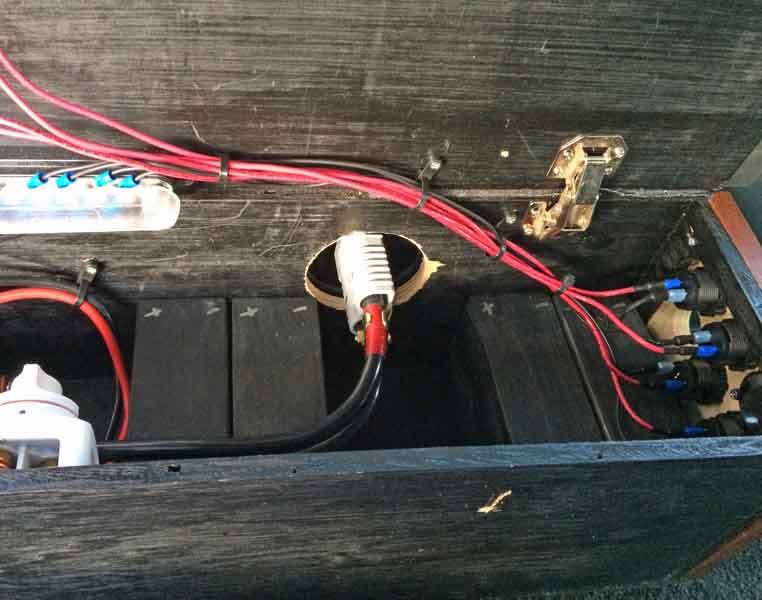dwh
Tail-End Charlie
Talk about jumping on a bandwagon.
For the record:
The OP asked about putting a vented battery in the bed of his truck.
SOMEONE ELSE told him to vent it.
Then SOMEONE ELSE came along and spewed a bunch of techo-babble which basically had jack ******** to do with the OP's question.
NONE OF WHICH INVOLVED ME AT ALL. I had looked at the thread, the OP's question had been answered. Nothing to see here move along.
EXCEPT - the techno-babble guy had said that sleeping in there with the battery is not a problem if it's not being charged. So I MENTIONED that there is a safety issue even when the battery is not being charged, and provided a link to a thread where battery venting had already been discussed. Short, concise and to the point.
That IS what happened. Don't believe me? Go back and read the first page.
EVERYTHING ELSE came about from techno-babble guy spouting off wrong, and possibly dangerous information.
So stop acting like I'm some sort of "safety nazi". I'm not. Rayra made that up. It was easy, all he had to do was either not read, or ignore what I actually said.
For the record:
The OP asked about putting a vented battery in the bed of his truck.
SOMEONE ELSE told him to vent it.
Then SOMEONE ELSE came along and spewed a bunch of techo-babble which basically had jack ******** to do with the OP's question.
NONE OF WHICH INVOLVED ME AT ALL. I had looked at the thread, the OP's question had been answered. Nothing to see here move along.
EXCEPT - the techno-babble guy had said that sleeping in there with the battery is not a problem if it's not being charged. So I MENTIONED that there is a safety issue even when the battery is not being charged, and provided a link to a thread where battery venting had already been discussed. Short, concise and to the point.
That IS what happened. Don't believe me? Go back and read the first page.
EVERYTHING ELSE came about from techno-babble guy spouting off wrong, and possibly dangerous information.
So stop acting like I'm some sort of "safety nazi". I'm not. Rayra made that up. It was easy, all he had to do was either not read, or ignore what I actually said.


